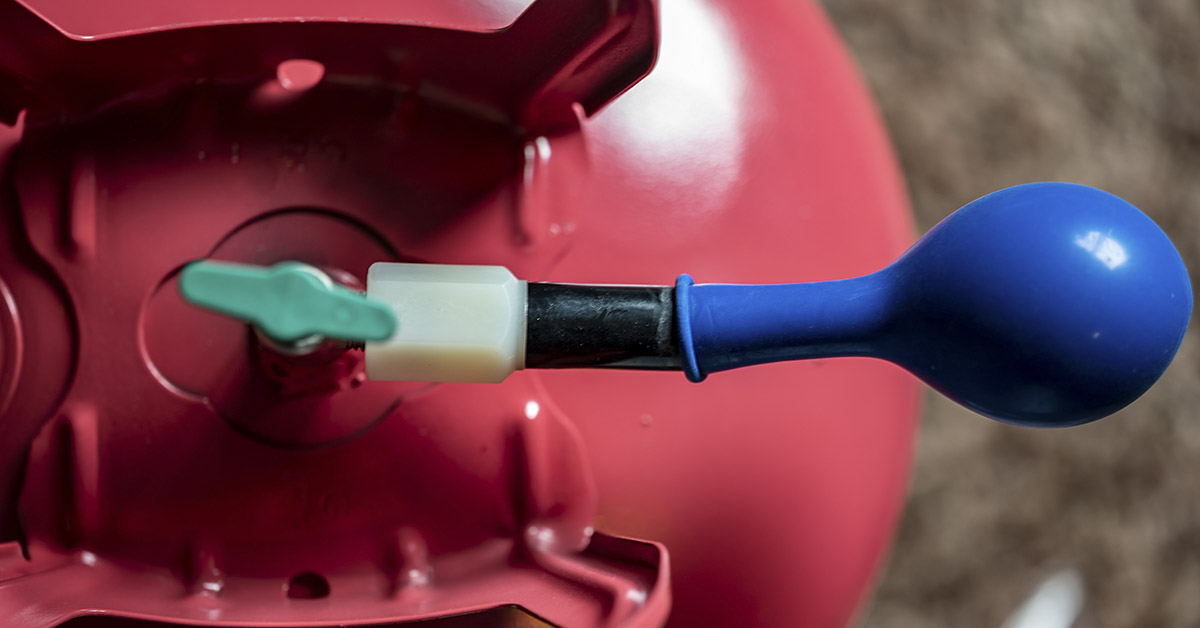Carly Dunbar is sharing her heartbreaking story to warn others about party balloons that may look fun but can be deadly. On April 27, 2024, her eight-year-old son Joshua died from helium asphyxiation from a birthday balloon. Carly now warns everyone: “Don’t buy them.” This hidden danger affects families worldwide and can strike without warning, changing lives forever in just a very few terrible moments.
When Party Balloons Turn Deadly: A Family’s Nightmare
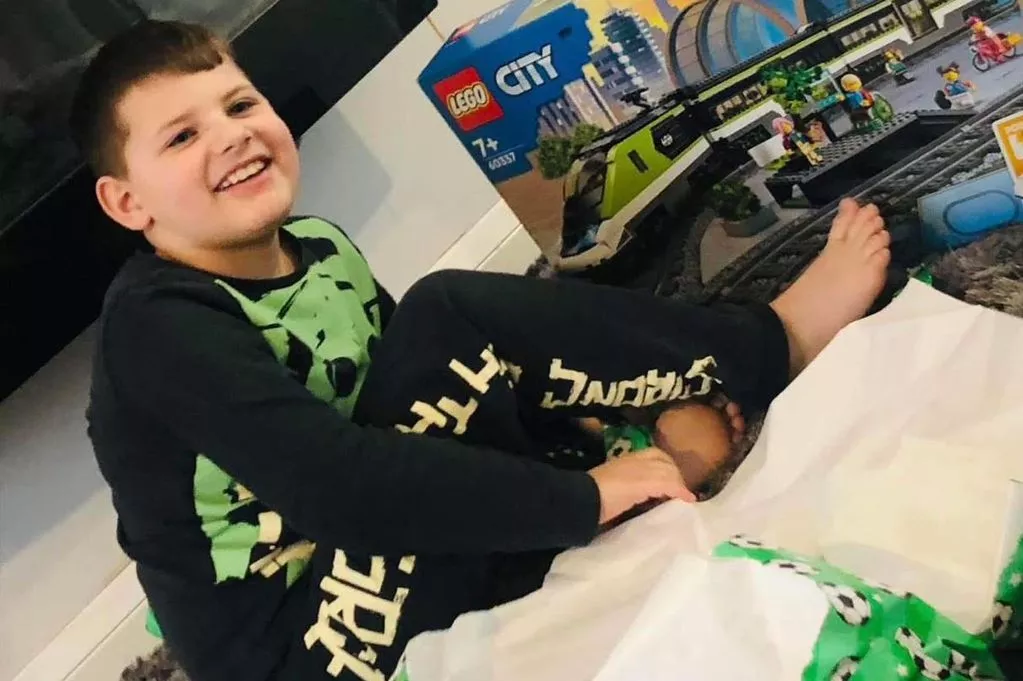
Joshua celebrated his eighth birthday with a big helium balloon shaped like the number eight. His family discovered him not breathing in his bedroom around 2 p.m. They rushed him to Arrowe Park Hospital, but doctors couldn’t save him. He died at 7:23 that evening. His mother remembers those last moments clearly: “We just held his hands. I said, ‘Son, if your angel wings are there and you’re ready to take them, then take them.’ Within minutes, he was gone.” The autopsy revealed “asphyxia involving a helium balloon” killed him. A boy with bright blue eyes and a big smile vanished.
Understanding Helium Asphyxiation: What Parents Need to Know
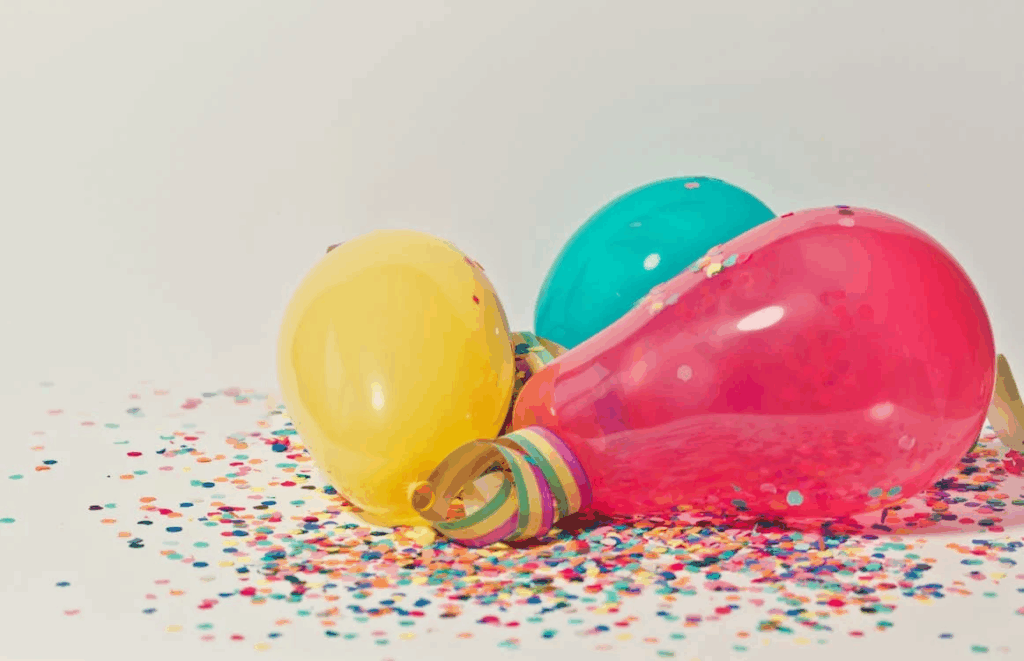
They destroy and take lives.” Carly never thought her world would change until that April day. Her advice is simple: “Just buy the air ones. They look just as nice.” This small change could save many lives. By sharing her story, she helps keep Joshua’s memory alive while protecting others. “Please listen when I say: don’t buy helium balloons. Your whole world can change within minutes.
Know the Science Behind the Danger

Professor Timothy Schmidt explains: “Helium is dangerous to inhale because it replaces the oxygen-rich air in our lungs and rapidly leads to loss of oxygen from the body. This can be fatal.” Helium danger happens fast. When helium fills the lungs, it pushes out oxygen, and brain cells start to die quickly. A death related to helium inhalation can happen in seconds. Unlike carbon monoxide, helium gives no warning before someone passes out. Children are at higher risk because their smaller bodies need more oxygen. Just one or two breaths can make them pass out. Because helium balloons are fun party items, kids might play with them alone, not knowing that they are dangerous.
Real Stories of Helium-Related Deaths: Learning from Heartbreaking Cases
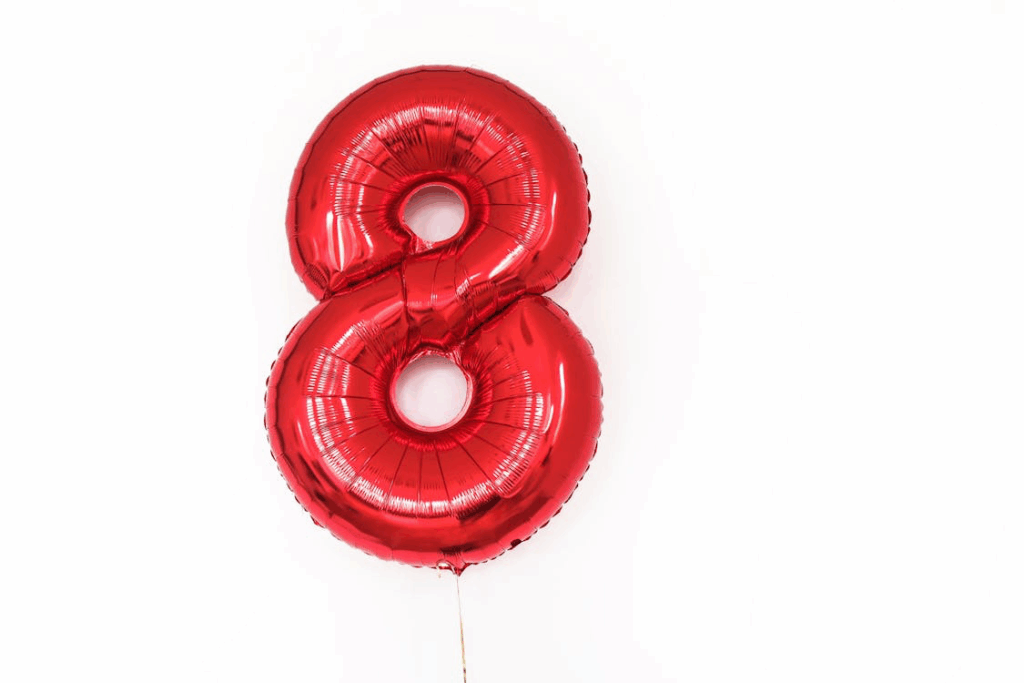
Similar deaths have happened around the world. In Ireland in 2022, eight-year-old Luke Ramone Harper died after putting a partly deflated number eight balloon over his head. His parents think he was trying to blow it up again. In England, five-year-old Karlton Noah Donaghey died after pulling a dinosaur-shaped balloon over his head, trying to wear it as a costume to surprise his family.
Adults face dangers too. In New Zealand, 20-year-old Faith Waterman Batistich collapsed after breathing helium from a tank at her child’s birthday party. She barely took a breath before losing consciousness. Even foil balloons kill. A six-year-old girl lost consciousness inside a large foil number seven balloon she had crawled into. She stopped breathing but survived thanks to quick medical intervention. In all these cases, fun turned to tragedy in moments.
Read More: Toddler Found Unresponsive After Drinking Popular Beverage, Experts Sound Alarm Over Its Dangers
Hidden Risks Beyond Suffocation
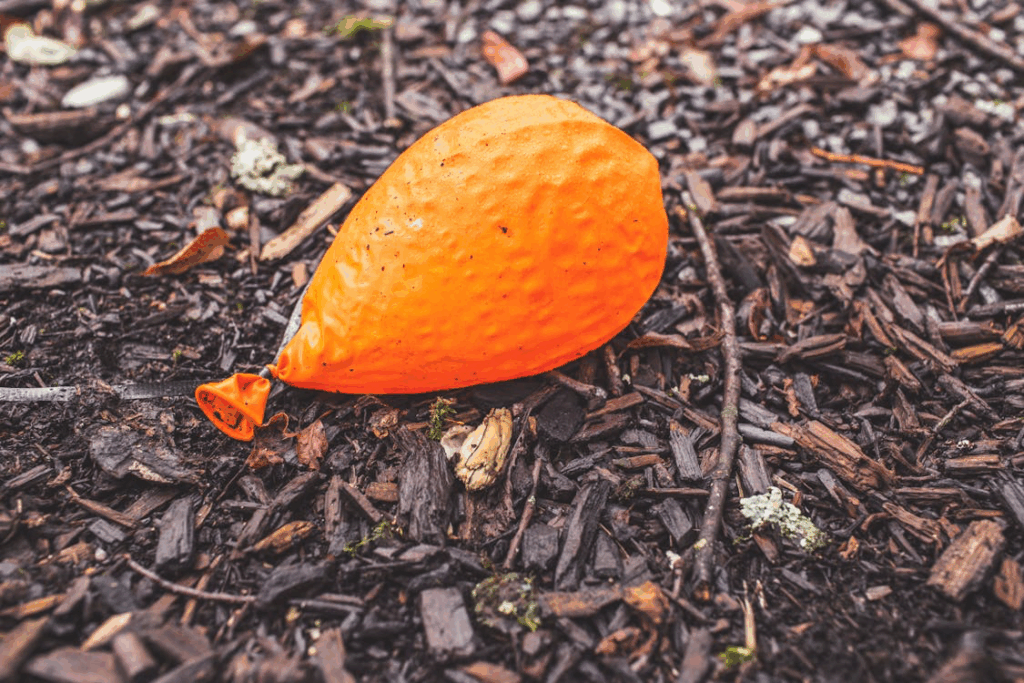
While helium isn’t toxic, breathing it has other dangers beyond suffocation. According to sources, the pressure from helium tanks can cause a gas bubble in your blood, which can lead to stroke or helium-related death. The cold gas from tanks can also freeze your mouth, voice box, and lungs. Medical professionals advise that changing your voice with helium can cause dizziness, headaches, and sometimes damage to your voice box. When helium pushes out oxygen, even a quick breath can make you faint, especially if you’re small or have breathing problems. Partly deflated balloons are extra dangerous. As balloons lose air, kids might try to “fix” them by trying to blow them up again with their mouth.
Life-Saving Rules Every Family Should Follow
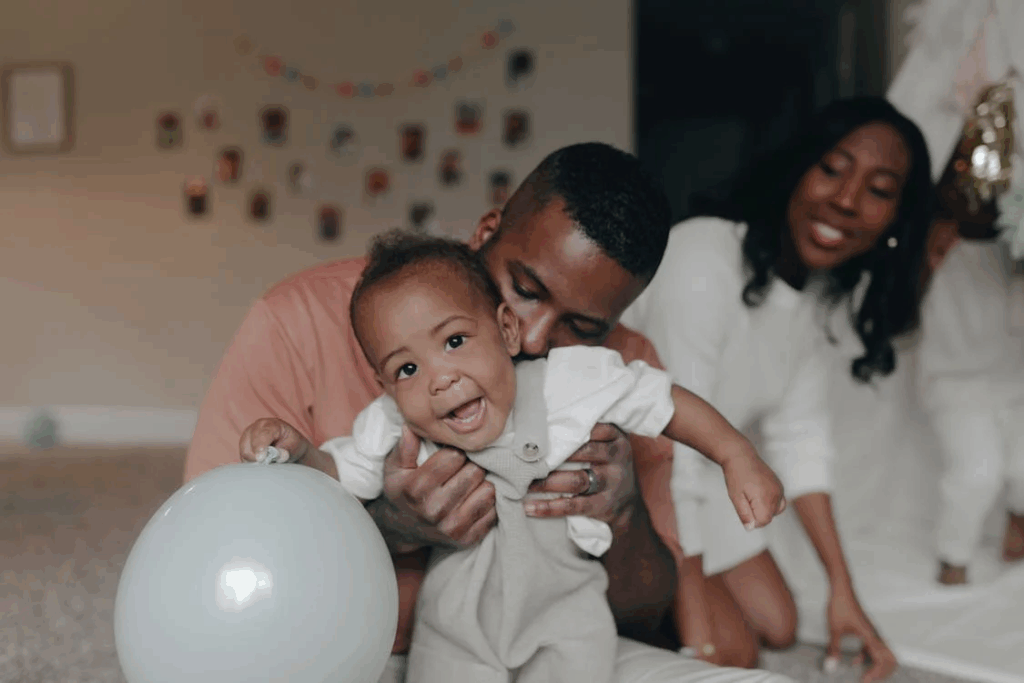
- Never leave kids alone with helium balloons, especially large foil ones that could cover their head.
- Always fully deflate balloons before throwing them away.
- Use air-filled balloons instead, they’re cheaper, last longer, and are much safer.
- Keep partly deflated helium balloons where kids can’t reach them.
- Talk seriously with older kids about why the “funny voice” trick is dangerous and how it can lead to helium asphyxiation.
- Keep helium balloons only in family rooms, never in bedrooms or places where adults aren’t watching.
- Be extra careful with balloons shaped like numbers or characters that are big enough to cover a child’s head.
Working Together for Greater Awareness
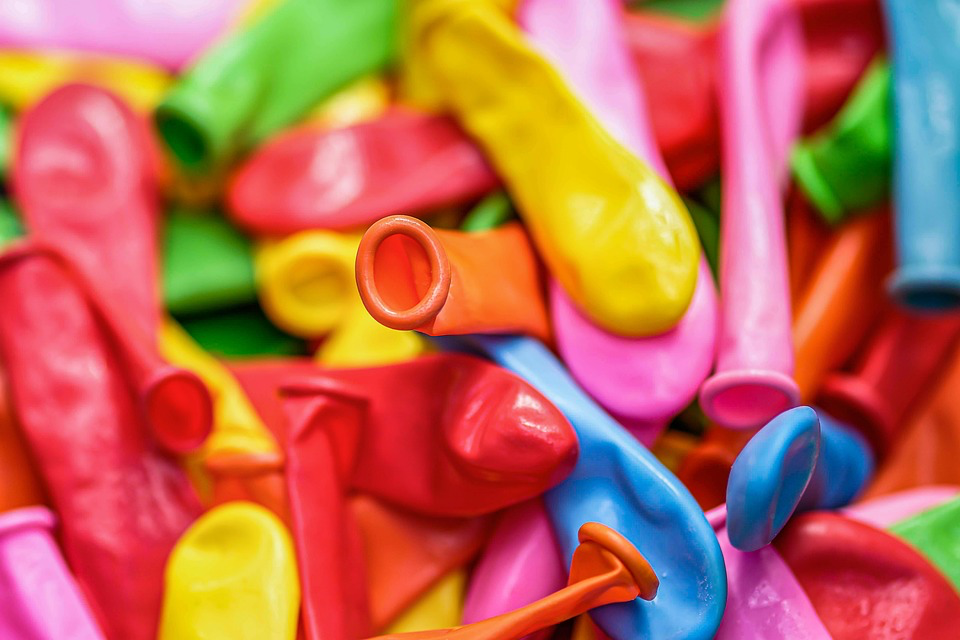
Carly speaks out, believing these deaths can be stopped through better awareness. “If just one or two people stop and think and don’t buy a helium balloon, that’s one child’s life saved,” she declares. After investigating similar deaths, Assistant Coroner James Thompson commits to asking public health officials what more they can do to warn people about helium balloon risks. Balloon makers and sellers should add clearer warnings, better safety info, and design changes to prevent future deaths. Stores could offer safer options and give safety tips when selling balloons. Until these changes happen, parent awareness is our best protection.
Death Risks from Party Helium: Take Action Today
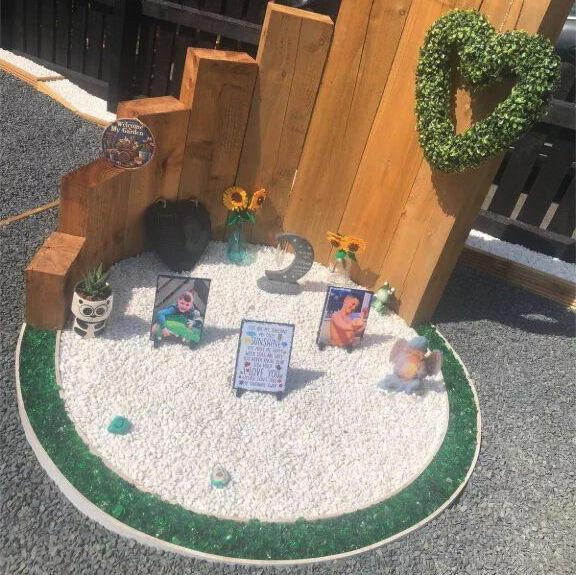
As Carly reminds us, your whole world can change in minutes from something that seems harmless. The risk of helium asphyxiation lurks in everyday party decorations. When planning your next party, remember Joshua and the other children who died too soon. Choose differently. Pick air-filled balloons or other decorations that are fun without the risk. Share what you’ve learned with other parents, schools, and community groups. These tragedies happen in seconds but can be prevented with simple steps. No celebration is worth risking a child.
Read More: Parents Urge Caution After 7-Year-Old Girl Falls Into Coma From Microwave Accident
